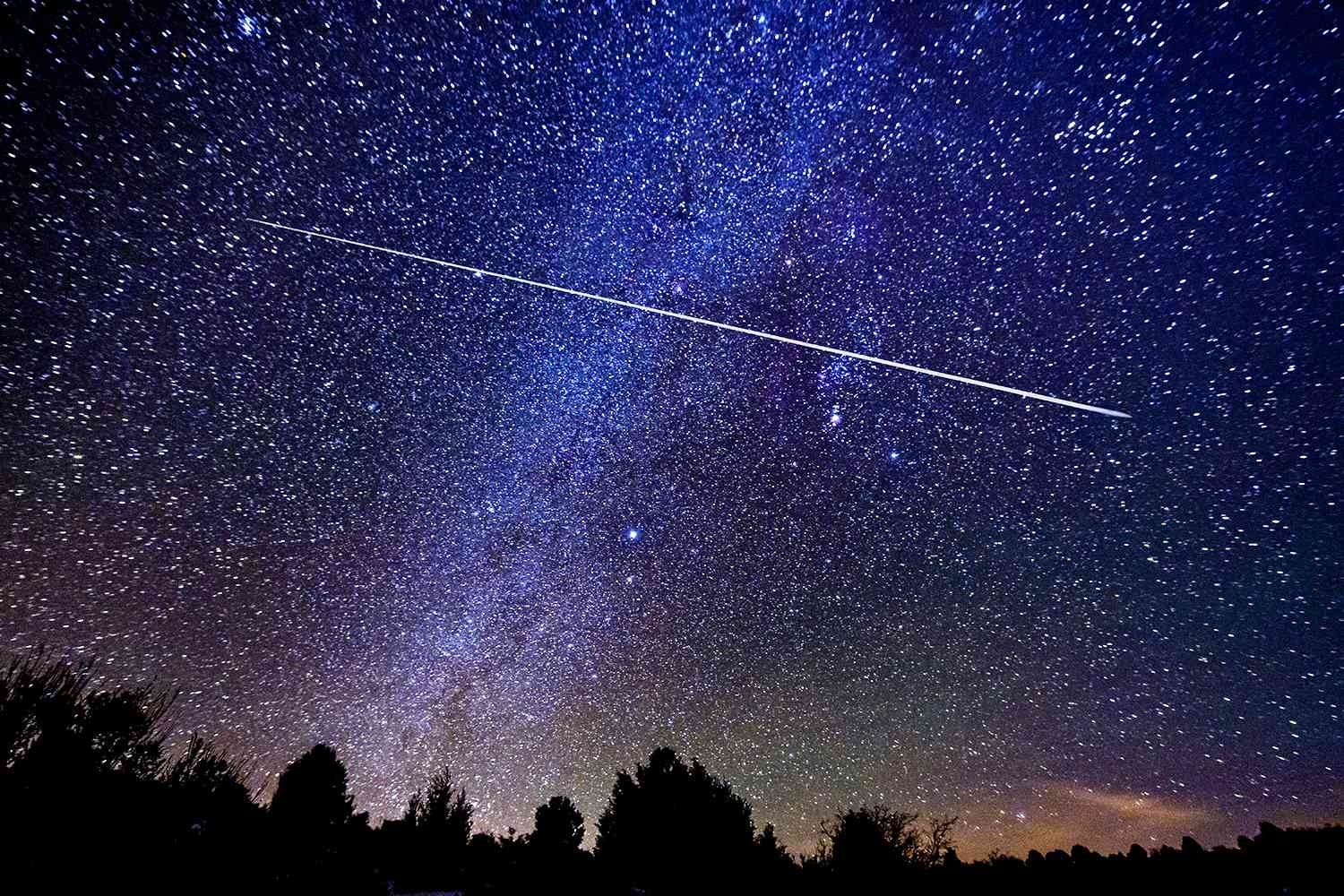Forget the rain — April has its own set of meteor showers lighting up the heavens!
This month is often synonymous with rain, but stargazers are in for a treat once the skies clear. With meteor showers and other celestial events lighting up the sky throughout the month, astronomers predict an exciting month of skywatching in the northern hemisphere.
Meteor showers occur when we encounter many meteoroids at once. Meteors (or meteoroids) are space rocks entering Earth’s atmosphere. When we see a “shooting star,” it’s actually the glowing hot air of the space rock moving at high speed — as per NASA — the heat stems from the resistance of the air on the rock.
Scattering across the night sky, meteors from the Lyrids and Eta Aquarids will put on a dazzling show this month.
Originating from Comet Thatcher, the Lyrids meteor shower will release around 18 meteors per hour, while the Eta Aquarid meteors, born from Comet Halley, will have up to 50 meteors per hour at their peak.
Along with the meteor showers, cosmic events like the Pleiades star cluster aligning with the moon and a cameo by Jupiter, as noted by EarthSky, add to the action-packed skies.
Calling all stargazers! April is considered the perfect time to try the “Messier Marathon” challenge, which is where skywatchers attempt to view as many as 110 Messier objects, which include nebulae, star clusters and galaxies.
Additionally, the sun is still in its solar maximum, increasing the chances of northern lights displays, which will continue to be more frequent until March 2026, both of which can be viewed with telescopes and the naked eye, according to astronomers.
Here’s everything to know about April’s meteor showers and how to spot them.
When does the Lyrid meteor shower peak in April 2025?
The Lyrids Meteor shower will be visible mid-April between April 17 and 26, peaking on April 21 and 22, according to NASA. The Lyrids are known for being fast and bright, with about 5 to 6 meteors per hour. At its peak, 10 to 20 Lyrid meteors can be seen every hour.
How to catch a glimpse of the Lyrid meteor shower in April 2025?
In the northern hemisphere, the Lyrids are best viewed after dark and before dawn. It’s crucial to find an area away from city lights, but after about half an hour in the dark, the naked eye will adapt, and you will begin to see the meteors.
The dazzling spectacle lasts until dawn, so there’s more than enough time to watch!
When does the Eta Aquarids meteor shower peak in April 2025?
Known for their speed, the Eta Aquarids peak every year in May. This year, showers will be most active between April 20 and May 21, reaching their peak on May 3 and 4 with up to 50 meteors an hour per NASA.
Traveling at approximately 40 miles per second, these speedy meteors leave glowing streams of light that can last several seconds up to minutes.
How to catch a glimpse of the Eta Aquarids meteor shower in April 2025?
Visible in the northern and southern hemispheres before dawn, the Eta Aquarids are best seen in the southern hemisphere due to the viewing location, as they are higher up in the sky in the southern hemisphere than in the northern. Still, the Aquarids have up to 10 meteors per hour in the northern hemisphere, skimming on the surface of the Earth — hence, known as “Earthgrazers.”
As always, patience is key, but you’ll want to steer clear of city or street lights so your eyes can adapt — this takes about 30 minutes in the dark. The light show lasts until dawn.
Read the full article here










































